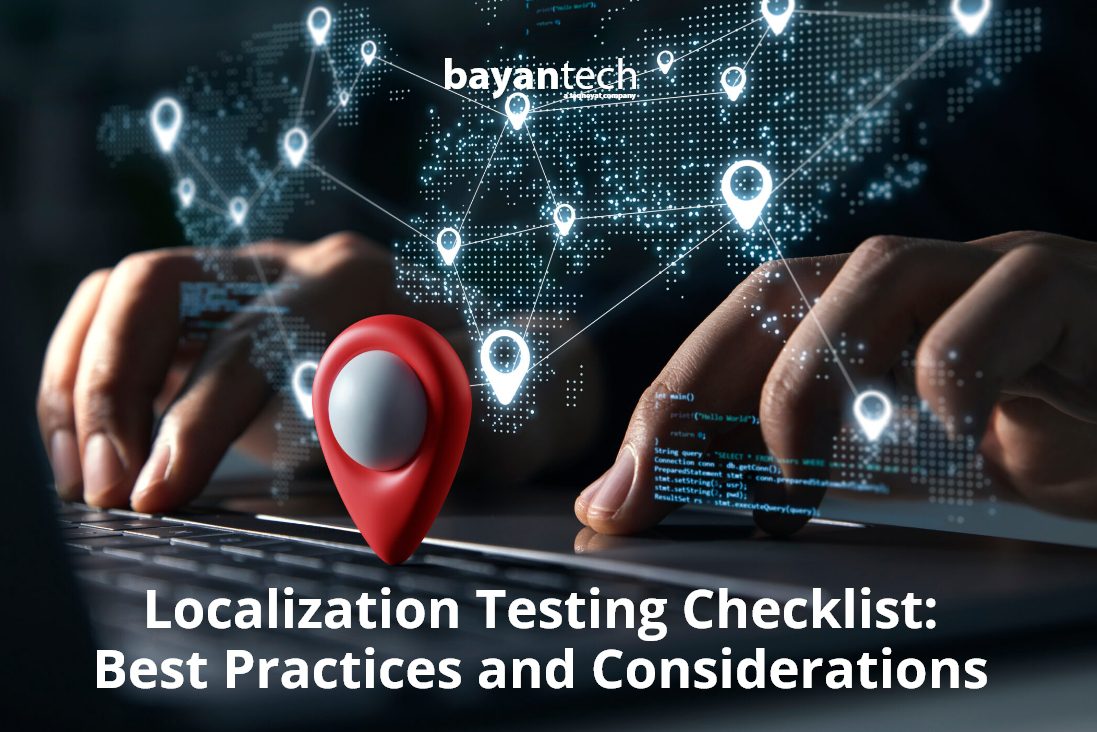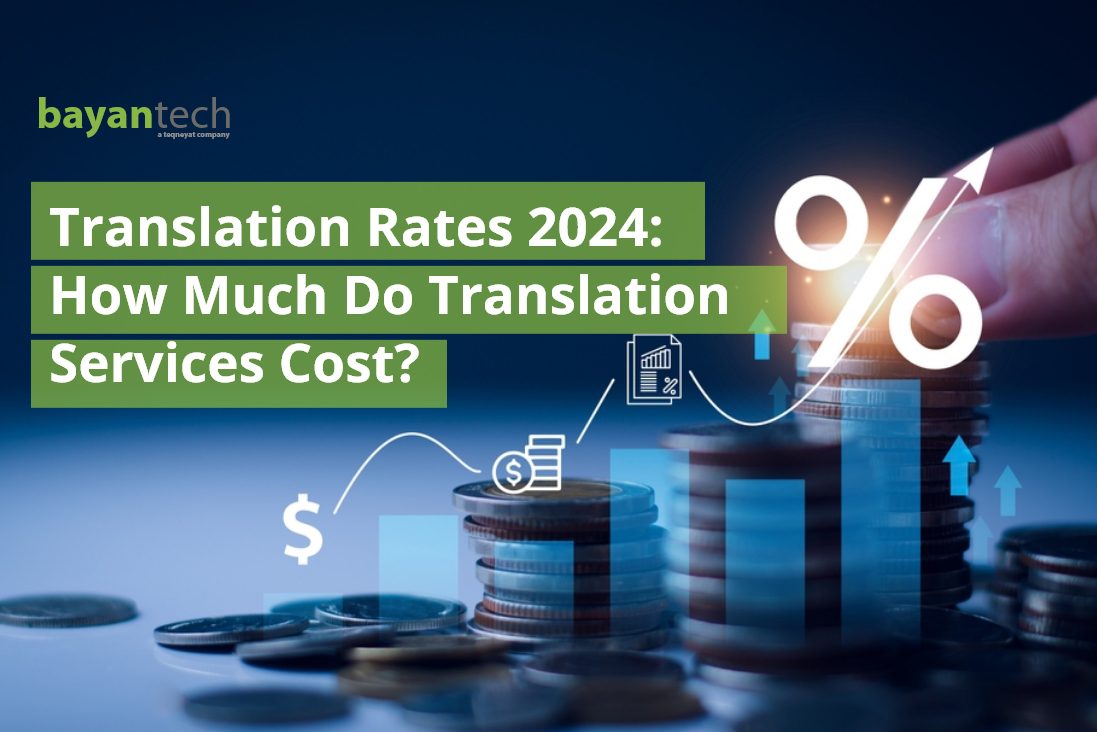
Machine Translation Post Editing Services
to ensure the accuracy and integrity of your content.
Machine Translation Post Editing Services – When Technology and Human Efficiency Cross
Machine translation is increasingly in demand, emerging as a central tool in the translation and localization industry… for good reasons obviously. However, the result still doesn’t meet the expectations. That’s because it lacks a professional human touch, calling for the need for machines and humans to work hand in hand.
Bringing you the best of both worlds, bayantech helps you take advantage of Machine Translation Post-Editing (MTPE) services where human efficiency maximizes machine power. It’s your ideal choice for effective global content that reaches, engages, and converts.
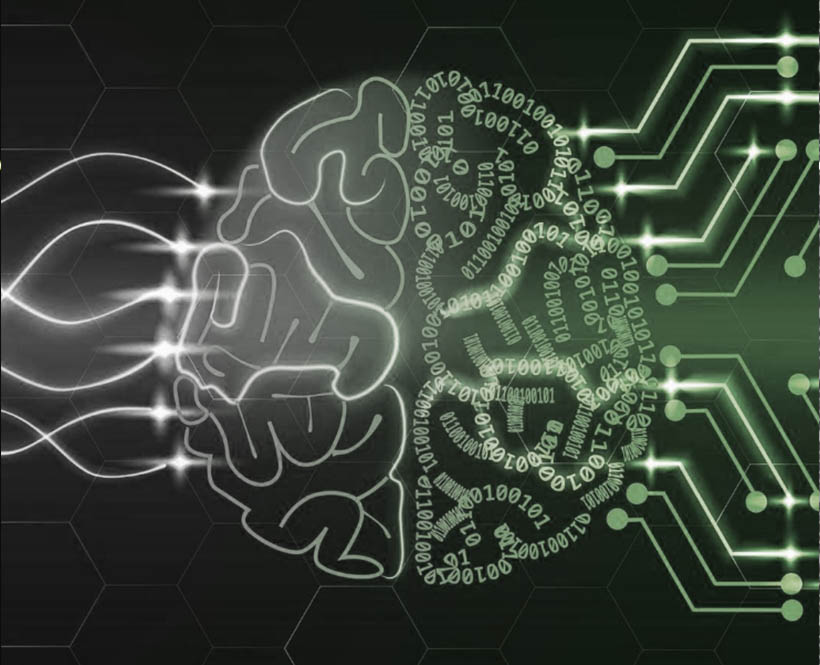

Tapping into Machine Translation Post-Editing
Machine Translation Post-Editing is defined as the process of editing and improving raw MT output by a human editor/translator in order to meet the quality standards required globally and expected by our clients. The hybrid approach mixes the advantages of machine translation (productivity, speed, and cost-effectiveness) and human skill and expertise.
We realize that many enterprises opt for machine translation. However, in most cases, the outcome sounds robotic and awkward. MT may be able to translate a word, but it can never interpret meaning, which compromises your communication and your brand voice.
At bayantech, we also realize that you need high quality translations. That’s why we offer our machine translation quality evaluation services especially for your content that is highly complex and sensitive such as legal and pharmaceuticals materials or that requires a lot of creativity and intended to be adapted for international markets such as marketing materials. With our MTPE services, we guarantee that your content is accurate, reads naturally, and conveys meaning, nuance, and tone of voice, fitting your communications to your target audience.
bayantech Machine Translation Post Editing Services
bayantech offers expert machine translation post editing services bringing the much needed human touch to your content and making essential quality improvements so that it looks and feels more human, more polished, and more effective for your audience around the world. Our MTPE services encompass precise and thorough editing and localization practices.
Because bayantech is invested in the latest technologies available in the industry, we are proud that bayantech was one of the very first translation companies to provide professional machine translation post editing services to global and regional businesses. We have the experience, tools, and teams to customize and tailor our MTPE services to the unique needs of your projects.

We examine the raw MT output quality and determine the most suitable approach, full or light post-editing:
A. Light Post-Editing: The content requires minimal changes to make the text simply more readable and comprehensible without any stylistic improvements.
B. Full Post-Editing:The content requires extensive changes that go beyond just intelligibility; it further improves fluency, style, format, consistency, and relevancy, making sure the content matches human translation.
At bayantech, our machine translation post-editing enhances your machine-generated content in terms of:
- Linguistic accuracy
- Clarity
- Coherence
- Fluency
- Consistency
- Readability
- Efficiency
- Effectiveness
- Cultural and Contextual Relevancy
- Appropriacy of Style and Tone of Voice
The power of human touch is the perfect complement to your machine-translated content.
The Power of Human touch is the perfect Complement to your
Machine-Translated Content

bayantech Teams and Tools: Driving Excellence
bayantech has developed a world-class team of professional linguists and editors who are fully trained on the specific skills required to perform meticulous MTPE process. They are native-speaking and subject-matter experts who have a sharp sense of cultural nuance. With the right tech-savvy translation tools in place, our post-editors draw on their experience to undertake complex MTPE projects and complete them efficiently. We integrate our translation memory systems, CAT tools, and glossaries to maximize the efficiency and consistency of the content.
Thanks to our teams, tools, and rigorous QA, our MTPE process is thorough and structured:
- Reading and examining the source content.
- Comparing the MT output to the source text.
- Verifying the translation, improving the text, or in some cases re-translating
segments of text – especially for contextual and cultural considerations. - Conducting strict Quality Assurance (QA) checks.
Now, with bayantech, you can transform your awkward-sounding content to a natural-sounding, effective one – with a limited budget.
What Makes bayantech Different?

Professional Services

+15 Years of Experience

Flexible Turnarounds Timely Delivery

Certified Quality Assurance

24/7
Support

100% Quality Guarantee

Affordable
Rates

Complete
Security

Customer Satisfaction

Technological Advantage
Professional Translation Services for All Industries
bayantech offers innovative translation and localization services across a range of industries.
Languages we translate into
We help you expand your business with our professional language translation service,
supporting the most challenging languages.
Languages we translate into
We help you expand your business with our professional language translation service,
supporting the most challenging languages.
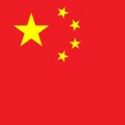




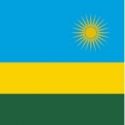



Our Achievements Languages



Need Instant Help
we are here for you
Ready to Start?
we will quickly back to you
- Lets Keep in Touch
industry news and statistics





















